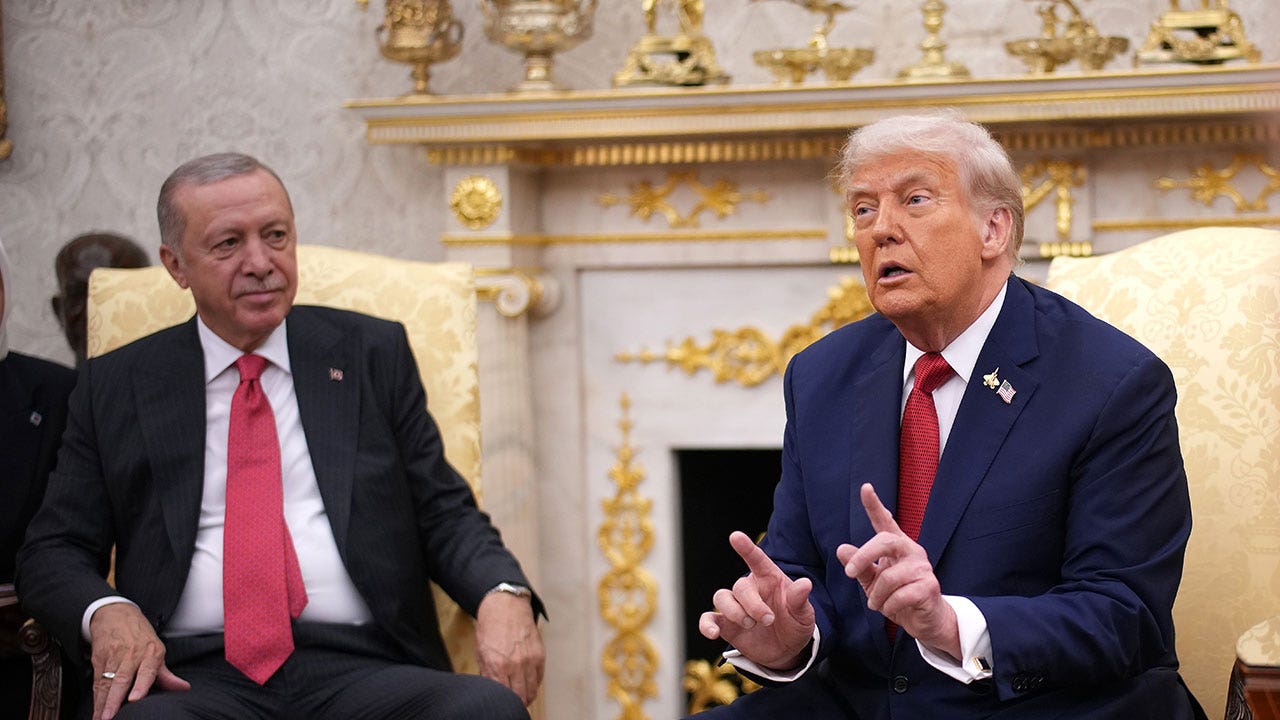By Contributor,Greg Licholai MD
Copyright forbes

Innovation and medicine
We are on a bureaucratic trajectory where American leadership in approving innovative medicines may not be sustainable and our most experienced pharmaceutical leaders are concerned. Former FDA commissioner Scott Gottlieb recently warned in The Washington Post that pressure from the East threatens to erode our leadership in drug development.
“As recently as five years ago, American drugmakers had all but shut the door on licensing new medicines from China. By last year, one-third of the novel compounds entering U.S. pipelines originated from Chinese biotech companies. Industry analysts now predict that within 15 years, more than a third of new FDA drug approvals will trace their lineage to China—up from 5 percent today,” Gottlieb writes.
This shift, Gottlieb cautions, threatens to shortchange the U.S. biotech environment and siphon investment away from hubs like South San Francisco and North Carolina’s Research Triangle.
Yet the solution is not protectionism. Gottlieb notes that Chinese biotech has no true scientific edge over the United States—it has a policy edge. Chinese companies benefit from streamlined, permissive regulatory regimes, state-backed subsidies, and armies of lower-cost scientists who can push drugs into early trials quickly. By contrast, American innovators face a slower, more expensive system that often deters breakthrough innovation. The right response, then, is for the United States to modernize its own regulatory framework to make domestic discovery more competitive, according to Gottlieb.
Medicines are among humanity’s greatest inventions. Drug development today is not trial-and-error—it is a high-technology enterprise. Genomics allows scientists to map the mutations that drive disease. Artificial intelligence has cracked the “protein-folding problem,” enabling researchers to design molecules that precisely target disease mechanisms. Novel insights into biological pathways are ushering in precision medicine, where therapies can be designed for specific molecular drivers rather than blunt disease categories.
MORE FOR YOU
Despite spending hundreds of billions annually on research, the United States approves only a few dozen new drugs each year. A single successful drug can cost more than $2 billion and take 15–20 years to reach patients. Patents expire in just 20 years, meaning innovators often lose commercial viability just as their products hit the market.
Meanwhile, too many approvals are “me-too” drugs—incremental variations on existing therapies. While they provide some competitive benefit, they rarely represent transformative breakthroughs. As economist Aidan Hollis has argued, undifferentiated me-too drugs may even sap incentives for pioneering research, absorbing R&D resources without adding much therapeutic value.
This productivity paradox—immense investment but modest output—has stifled America’s potential. We have the best researchers, universities, and technologies, yet we are underdelivering. As Gottlieb underscores, it is not a matter of talent or scientific capability, but of policy and process.
FDA Approved Products or Drugs
Regulatory Pragmatism
China’s rise in biotech has been fueled less by novel science than by regulatory pragmatism. Regulators there allow early patient trials at scale, giving developers fast feedback on whether drugs hit their targets. The system is brute-force, but it lowers costs and accelerates learning.
In contrast, America’s system has become bogged down. Gottlieb notes that when he was FDA deputy commissioner in 2006, the agency introduced the “Phase 0” microdosing framework to help refine molecules before full Phase 1 trials. But today’s frontier—cell therapies, biologics, RNA drugs—has outgrown these policies. Updating them to allow seamless progression from Phase 0 to Phase 1, streamlining animal testing, and cutting unnecessary paperwork would save innovators both time and capital.
The FDA should embrace streamlined policies for modern therapies. For example, Gottlieb writes, allow regulatory innovations such as microdosing studies to roll seamlessly into Phase 1 without halting for redundant paperwork must encourage technology adoption. America’s edge lies not in low-cost labor but in computational platforms, AI, and machine learning. These tools can predict toxicity, optimize trial design, and simulate outcomes long before patients are dosed. By embedding these methods into regulatory pathways, the U.S. can slash development costs and timelines while keeping safety paramount.
By modernizing the FDA, embracing technology, and focusing relentlessly on outcomes, the United States can vastly increase the number of safe and effective medicines it delivers. The solutions are neither radical nor costly—they are pragmatic, actionable, and urgent.
China’s strategy is not unbeatable. It is a reminder that policy—not science—is the decisive factor. As Gottlieb writes, “China has no scientific edge over the United States … China has only a policy edge, which derives from its deliberate economic strategy”.
Editorial StandardsReprints & Permissions



